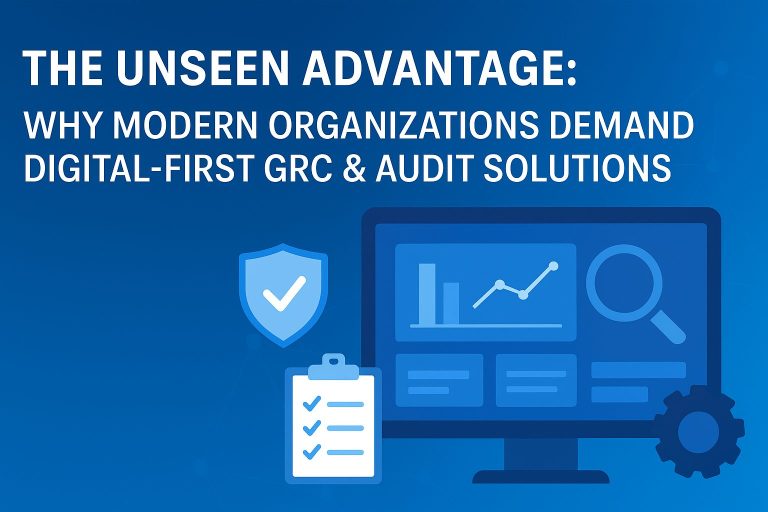Introduction
In today’s globalized economy, organizations face an increasingly complex landscape of compliance regulations. Staying compliant is crucial not only to avoid financial penalties but also to maintain reputation and operational stability. This article delves into the challenges of navigating global compliance regulations and offers strategies for effective compliance management.
The Global Compliance Landscape
The global compliance environment is characterized by a multitude of regulations that vary across regions. Key regulations include the General Data Protection Regulation (GDPR) in Europe, the California Consumer Privacy Act (CCPA) in the United States, and the Sarbanes-Oxley Act (SOX) which impacts companies with U.S. operations. These regulations cover a wide range of areas, including data privacy, financial reporting, and corporate governance, making it challenging for organizations to stay compliant across all jurisdictions.
Impact of Non-Compliance
Failing to comply with relevant regulations can have severe consequences for organizations, including:
- Financial Penalties: Non-compliance often results in hefty fines and legal fees, which can significantly impact an organization’s bottom line.
- Reputational Damage: Non-compliance can damage an organization’s reputation, leading to loss of customer trust and potential business opportunities.
- Operational Disruptions: Regulatory breaches can result in operational disruptions, such as halted business operations, product recalls, or mandatory process changes.
Best Practices for Compliance Management
To effectively manage compliance, organizations should adopt the following best practices:
- Stay Informed: Continuously monitor and stay updated with changes in relevant regulations. Subscribing to regulatory updates and participating in industry forums can help in staying informed.
- Risk Assessment: Conduct regular risk assessments to identify areas where the organization may be vulnerable to non-compliance. This includes reviewing current processes and controls to ensure they meet regulatory standards.
- Internal Policies: Develop comprehensive internal policies that align with regulatory requirements. These policies should be clearly documented and communicated to all employees.
- Training and Awareness: Provide regular training and awareness programs to educate employees about compliance requirements and the importance of adhering to internal policies.
Role of Technology in Compliance
Technology plays a pivotal role in managing compliance effectively:
- RegTech Solutions: Regulatory Technology (RegTech) solutions help organizations automate compliance processes, track regulatory changes, and ensure adherence to requirements.
- Automation and AI: Automation and AI tools streamline compliance monitoring and reporting, reducing the burden on compliance teams and minimizing human error.
- Data Management: Effective data management systems ensure that data is stored, processed, and protected in compliance with relevant regulations, such as GDPR and CCPA.
Building a Robust Compliance Framework
To build a robust compliance framework, organizations should:
- Establish a Compliance Team: Form a dedicated compliance team responsible for overseeing all compliance-related activities.
- Integrate Compliance into Culture: Foster a culture of compliance by integrating it into the organization’s core values and operations.
- Regular Audits and Assessments: Conduct regular internal audits and assessments to ensure ongoing compliance and identify areas for improvement.
- Leverage Technology: Utilize technology to streamline compliance processes and enhance the organization’s ability to monitor and report compliance activities effectively.
Case Study
Consider a global financial services firm that implemented a comprehensive RegTech solution to manage compliance. The solution automated the monitoring of regulatory changes across multiple jurisdictions, ensuring that the firm remained compliant with evolving regulations. The firm also integrated AI tools to analyze transactional data and identify potential compliance breaches in real-time. As a result, the firm reduced compliance costs by 30% and significantly improved its compliance posture.
Conclusion
Navigating compliance regulations in a globalized world is undoubtedly challenging, but with the right strategies and tools, organizations can effectively manage compliance risks. By staying informed, conducting regular risk assessments, and leveraging technology, organizations can build a robust compliance framework that ensures adherence to regulations and fosters a culture of compliance. Proactive compliance management is essential for long-term success and sustainability in today’s complex regulatory environment.


